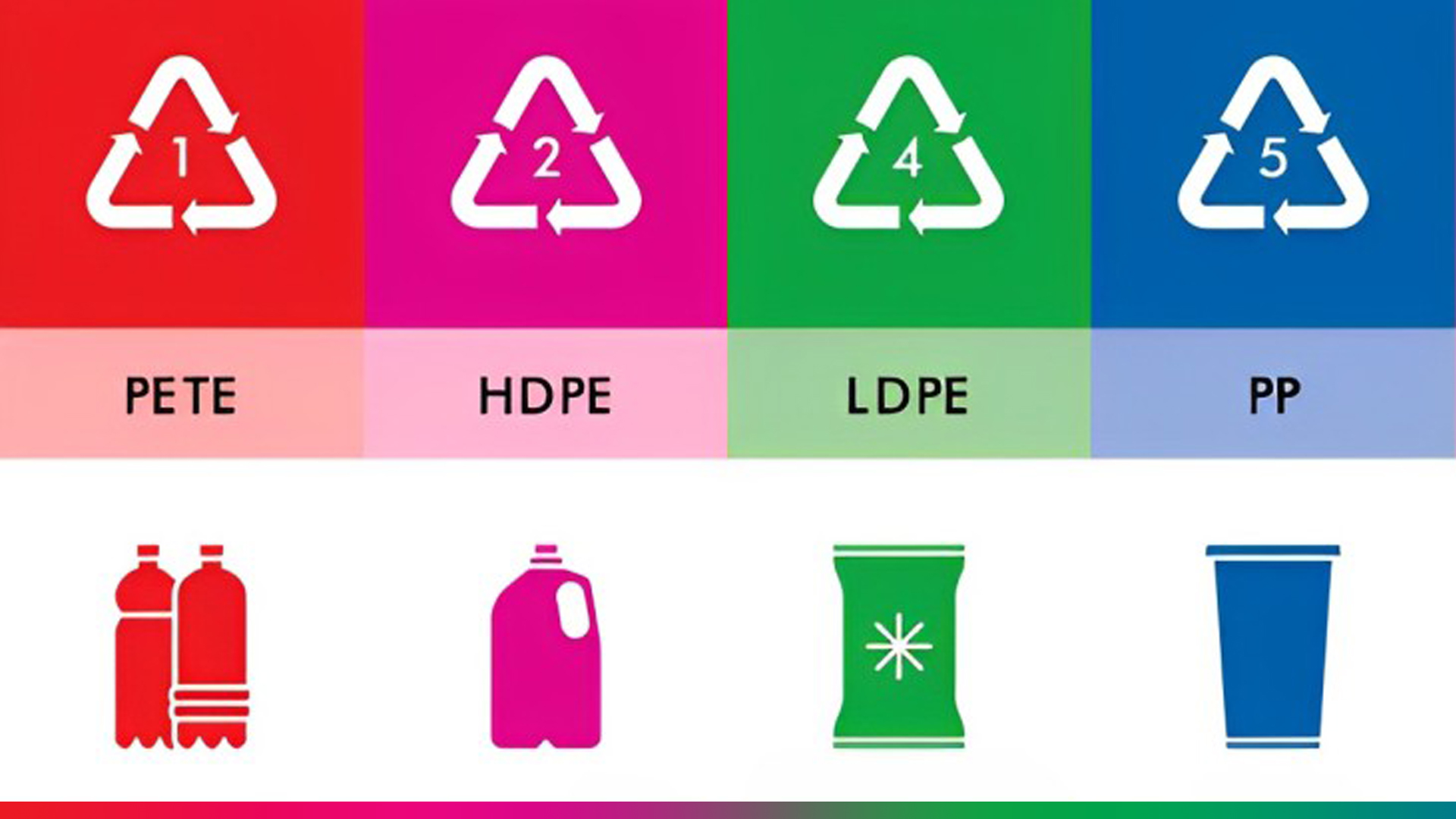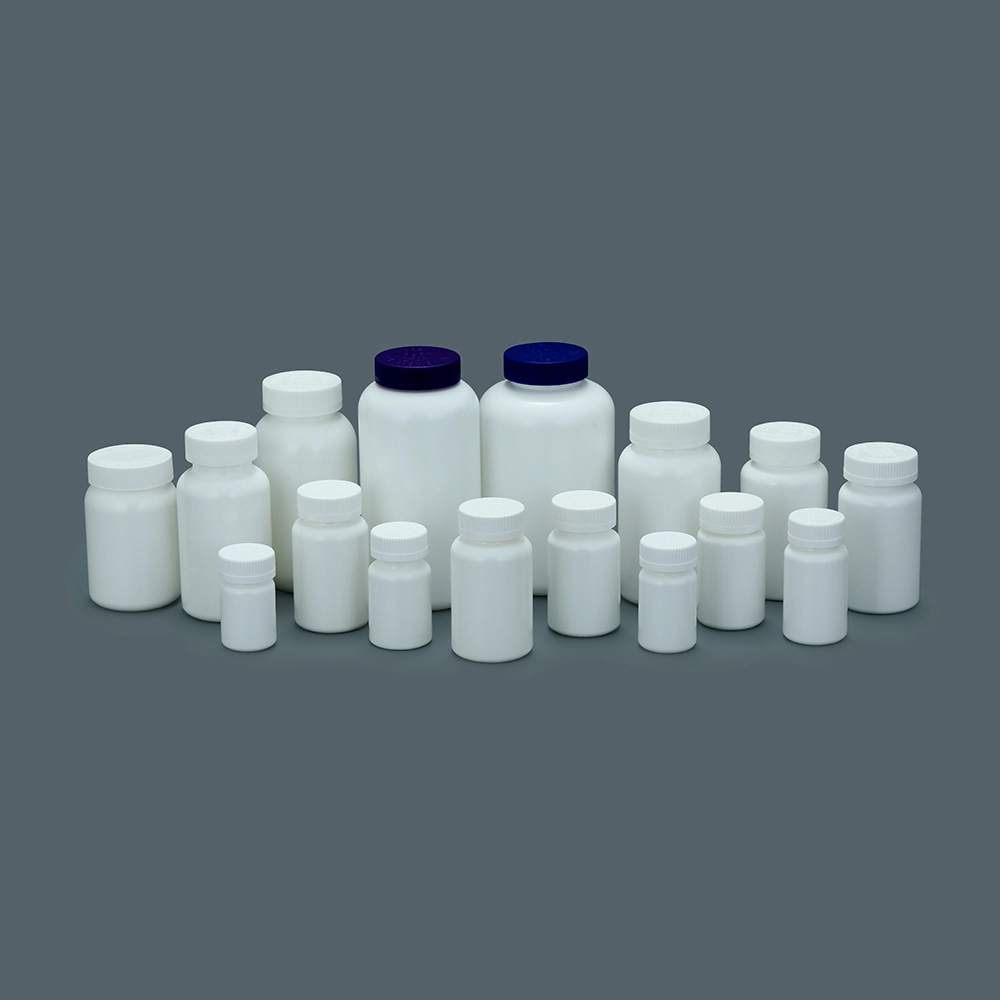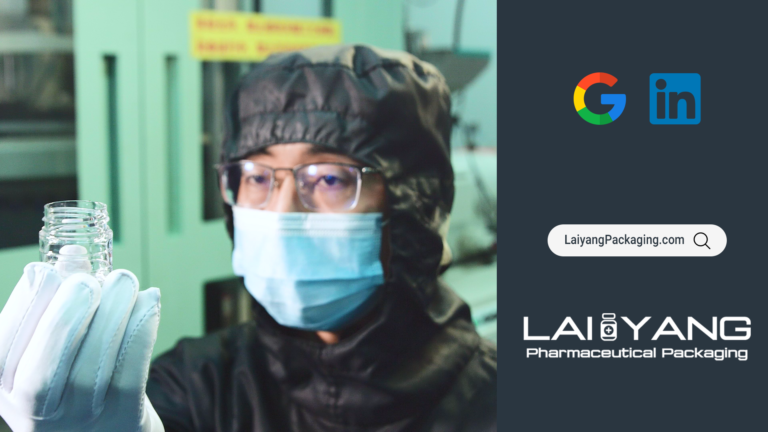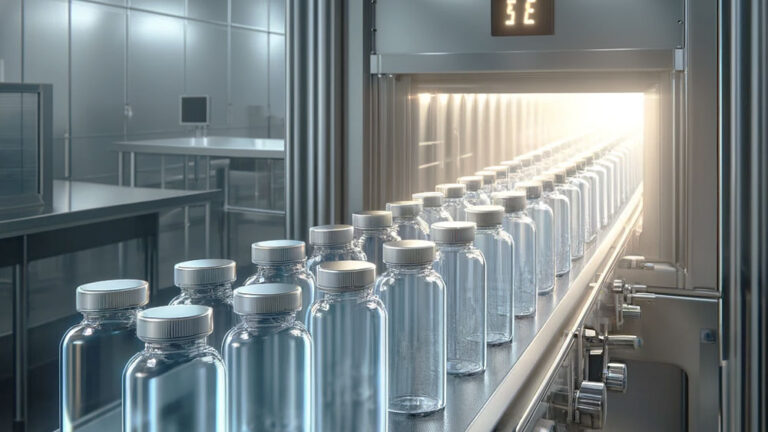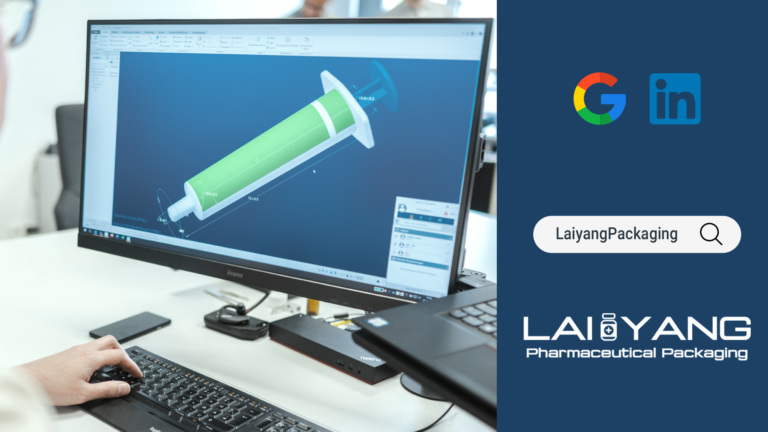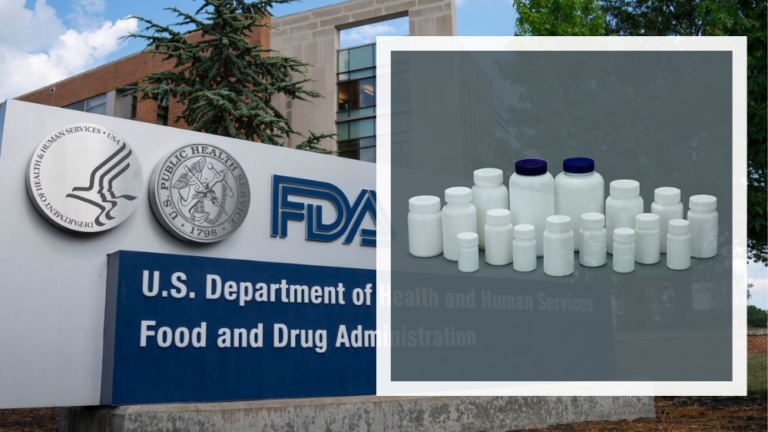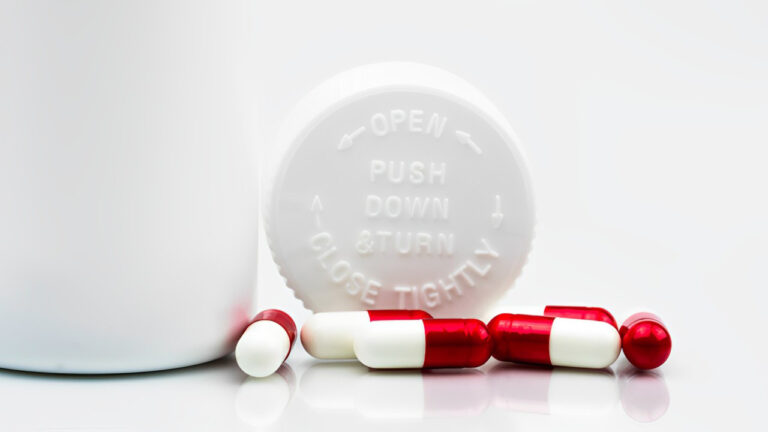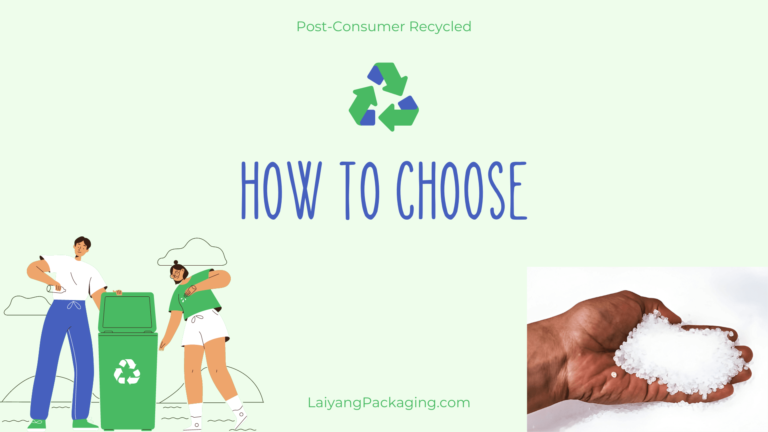Plastics are a broad category of synthetic or semi-synthetic materials primarily composed of polymers, which are long chains of repeating molecular units known as monomers. The term “plastic” comes from the Greek word plastikos, meaning “capable of being shaped or molded,” reflecting the material’s ability to be formed into various shapes and structures through processes involving heat and pressure.
Plastics are integral to modern life, utilized across a wide range of applications due to their versatility, durability, and cost-effectiveness. Plastics like PET and HDPE are widely used for bottles, containers, and packaging films, providing excellent moisture and barrier properties.
Polyethylene Terephthalate (PET)
Polyethylene Terephthalate (PET) is a thermoplastic polymer resin known for its excellent mechanical, thermal, and chemical resistance properties. It has a glass transition temperature between 67-81°C and a melting point of 260°C. PET is widely used in fibers for clothing, disposable beverage bottles, and engineering resins.
Polypropylene (PP)
Polypropylene (PP) is a versatile thermoplastic polymer with a relatively low melting point around 160°C. It is used in packaging materials, automotive parts, and consumer products. PP is lightweight, chemically resistant, and fatigue-resistant.
High Density Polyethylene(HDPE)
High Density Polyethylene (HDPE) is a strong and durable polyethylene variety with higher density compared to low-density polyethylene (LDPE). HDPE is used in packaging, construction materials, and automotive components. It has excellent impact strength, chemical resistance, and a high strength-to-weight ratio.
High Density Polyethylene(LDPE)
Low Density Polyethylene (LDPE) is a tough and flexible polyethylene resin predominantly used in film applications. It has more branching than HDPE, resulting in lower density (0.92 g/cc) and crystallinity. LDPE has excellent resistance to acids and bases and is commonly used in personal care, food, and OTC applications.
Comparison of Plastic Properties
Tamper-proof is widely used in pharmaceutical packaging, whether it is oral solid, oral liquid, capsule and powder had been using it.Some common types of tamper-evident packaging used for pharmaceuticals include:
| Property | PET | PP | HDPE | LDPE |
| Clarity | Clear | Translucent | Hazy Translucent | Translucent |
| Moisture Barrier | Good | Excellent | Excellent | Very Good |
| Oxygen Barrier | Good | Poor | Poor | Poor |
| Distortion Temperature | 155°F | 200°F | 160°F | 110°F |
| Rigidity | High | Moderate | Moderate | Low |
| Stress Crack Resistance | Excellent | Excellent | Fair | Good |
| Cold Resistance | Good | Poor | Excellent | Excellent |
| Impact Resistance | Good | Fair | Excellent | Excellent |
| Alcohol Resistance | Good | Good | Good | Good |
| Alkali Resistance | Poor | Good | Good | Good |
| Solvent Resistance | Good | Poor | Poor | Poor |
| Oil Resistance | Fair | Good | Good | Good |
| Acid Resistance | Fair | Good | Good | Good |
| Density (g/cm³) | 1.33-1.39 | 0.90-0.91 | 0.94-0.97 | 0.91-0.94 |
| Melting Point | 260°C | 160°C | 120-130°C | 105-115°C |
| Polymerization Process | Polycondensation | Ziegler-Natta | Ziegler-Natta | Radical |
| Molecular Structure | Semi-crystalline | Crystalline | Linear | Branched |
Key differences
- PET has superior thermal resistance and clarity compared to PP and polyethylene.
- PP and HDPE have higher rigidity and impact resistance than LDPE due to their linear molecular structure.
- HDPE has the highest density, melting point, and chemical resistance among the four plastics.
- LDPE is the most flexible and least rigid due to its branched molecular structure.
For the Reader
Do you have a new product that needs packaging? Do you want to differentiate your brand with new packaging, or do you want to discuss resin options for an existing bottle? Work with us and you have access to over 20 years of manufacturing expertise. Our knowledgeable team can help you determine which type of resin and which bottle will work best for your product.

